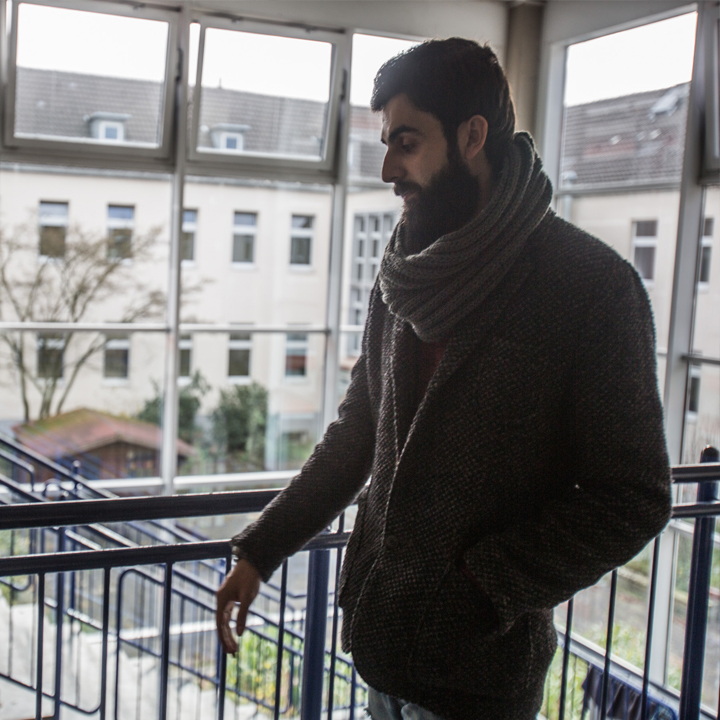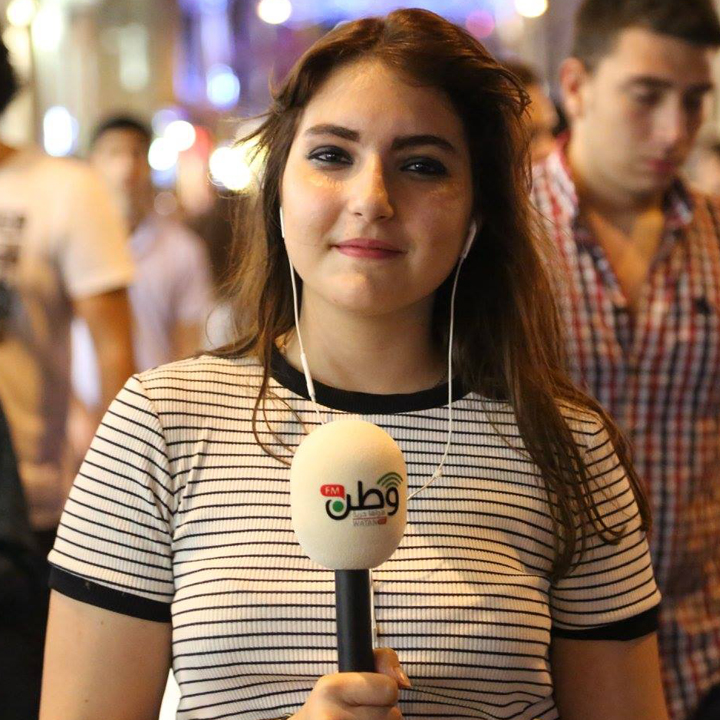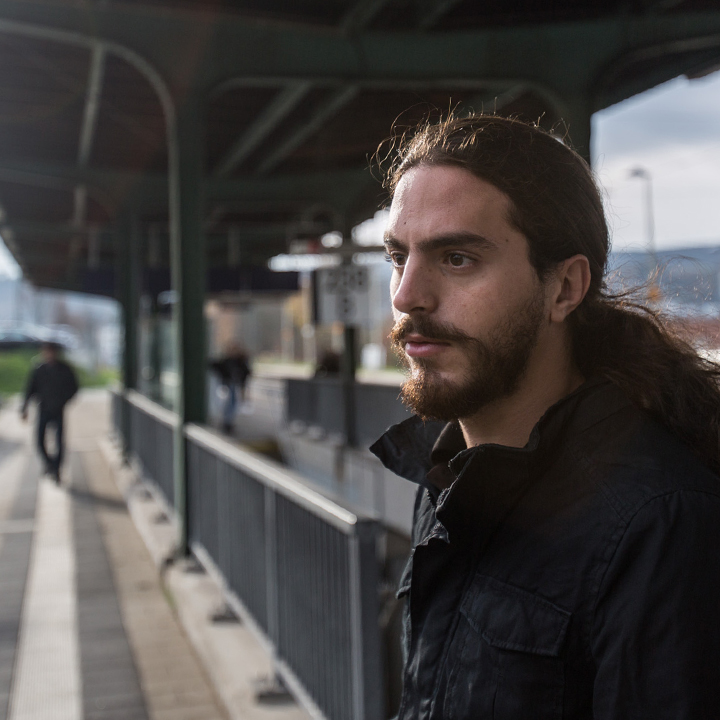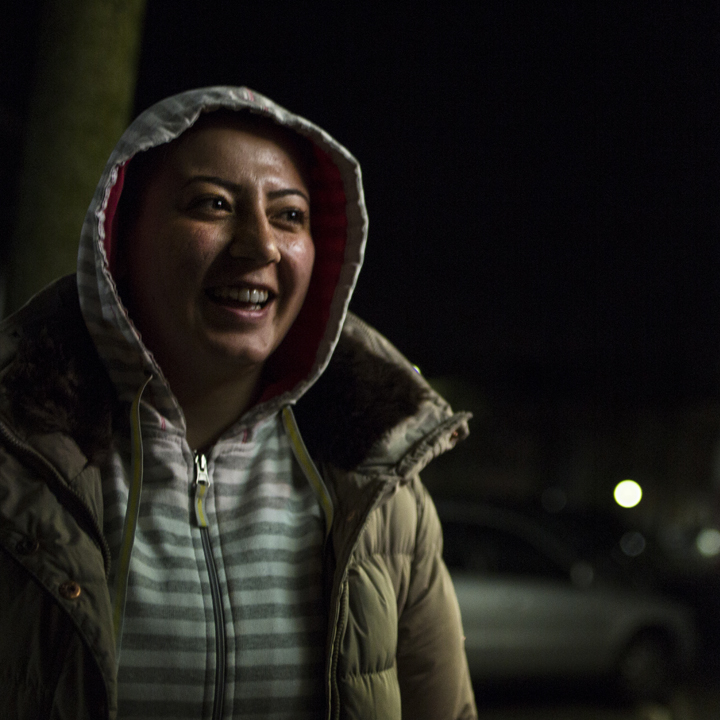FINAL DESTINATION: GERMANY
This is the story of the fallout of war in its most human form: meet the Syrian refugees who made the journey across Europe fleeing war in their homeland for the safety of Germany.
“The mainstream media has painted a fairly two-dimensional image of the ‘good’ and the ‘bad’ refugees coming into Europe – but the reality is decidedly messy, and much more complex.”
The UNHCR estimates there are 10 million “stateless” people worldwide, meaning there is a global population of people roughly the size of New York who do not exist in legal terms–they exist as an afterthought, outside the responsibility of nation states. Gender-based nationality laws in Syria make Syrians uniquely vulnerable to statelessness, because only men can pass citizenship on to their children. As the war goes on, the situation is becoming more precarious by the day: the UN estimates that 25% of Syrian refugee households are fatherless.
Here, we tell the story of some of those migrants’ crossings through Europe – not only the physical crossing of its borders, but also the symbolic crossing from citizen to “migrant” status, and into the unknown; the transition from having a home and a state to being homeless and stateless.
The Western world is having to look itself in the mirror and reconsider not only major aspects of its identity, but what precedents it wants to set for the future. In Europe, the last several months have seen a radical shift towards a “fortress Europe” increasingly wary of immigrants. Never before in its history has the European Union had to act with such ideological resolution. At the helm is of course Germany, which finds itself steering the ship while navigating its own existential quandary, especially after the Cologne Attacks on New Year’s Eve which sparked widespread mistrust of asylum-seekers. Premier Angela Merkel has to reconcile an increasingly emboldened far-right and a more conservative public mood among German citizens with the post-War, new German doctrine of openness and tolerance.
There are other factors too; there are real security concerns in Europe, highlighted by the Paris Attacks in November 2015 and the ongoing threat from homegrown extremists.
Many fear a future beset by permanent security crises; France is still in a state of emergency, while Belgium maintains a high security alert, and the number of far-right “reprisal” attacks across Europe have spiked dramatically since November. The Dresden-based anti-immigrant party, PEGIDA, rose from the ashes last year and now boasts thousands of supporters, holding regular protests on the streets of Germany decrying the “Islamification” of Europe. The mainstream media has painted a fairly two-dimensional image of the “good” and the “bad” refugees coming into Europe – but the reality is decidedly messy, and much more complex.
Whatever haphazard policy the EU decides to put together to stem the flow of migrants, refugees will continue to come. In spite of harsh winter conditions, they will come. And the sad fact is, scores will continue to die. Over 200 people were reported dead or missing while attempting the Mediterranean Sea crossing in January alone, according to the International Organisation for Migration’s Missing Migrants Project.
The current reality is that misery and poverty – and increasingly, conflict – now engulfs a significant portion of the globe, and as long as there is hope for a better life people will come to Europe and to North America, or wherever there is a safe haven, as they have always done.
THE CHARACTERS – PART 2
This is the story of the fallout of war in its most human form: meet the Syrian refugees who made the journey across Europe fleeing war in their homeland for the safety of Germany.



